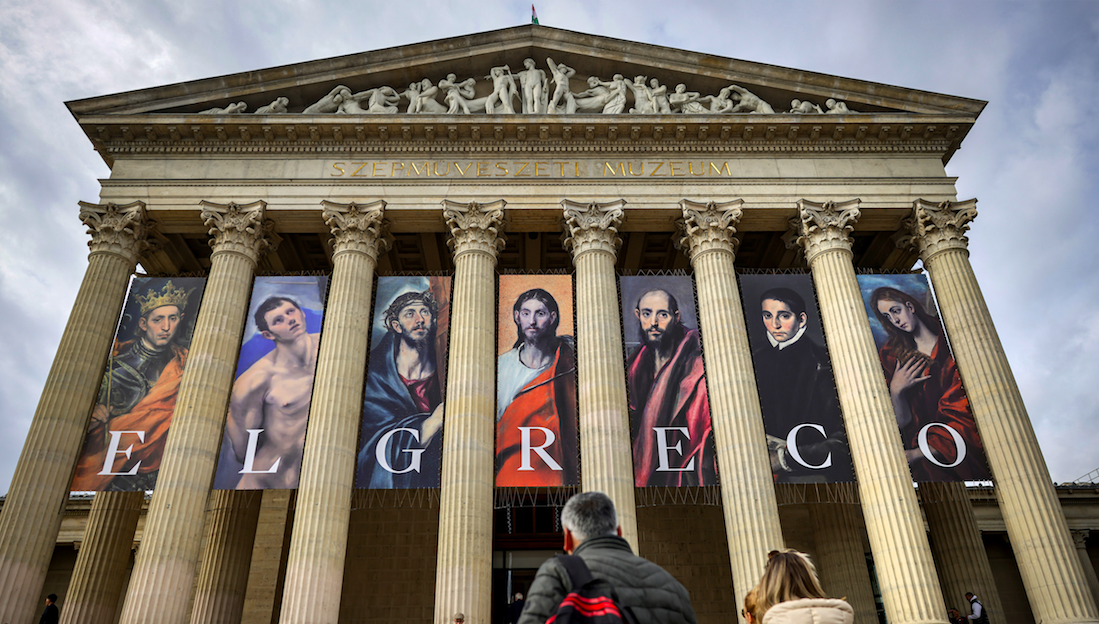For the fact that two El Greco paintings are among the more than 500 works on display (The Resurrection from the Monastery of Saint Dominic of Silos (the Old) in Toledo and St James as a Pilgrim from the Church of San Nicolás de Bari in Toledo), which have never been moved from their original location – after some 450 years of hanging in one place – the exhibition had to be curated by none other than the world's most renowned El Greco expert, Leticia Ruiz Gómez, who is also the director of the Royal Collections of the Patrimonio Nacional of Spain. The exhibition she oversees chronologically follows the painter's oeuvre, presenting the most important works from his different periods.
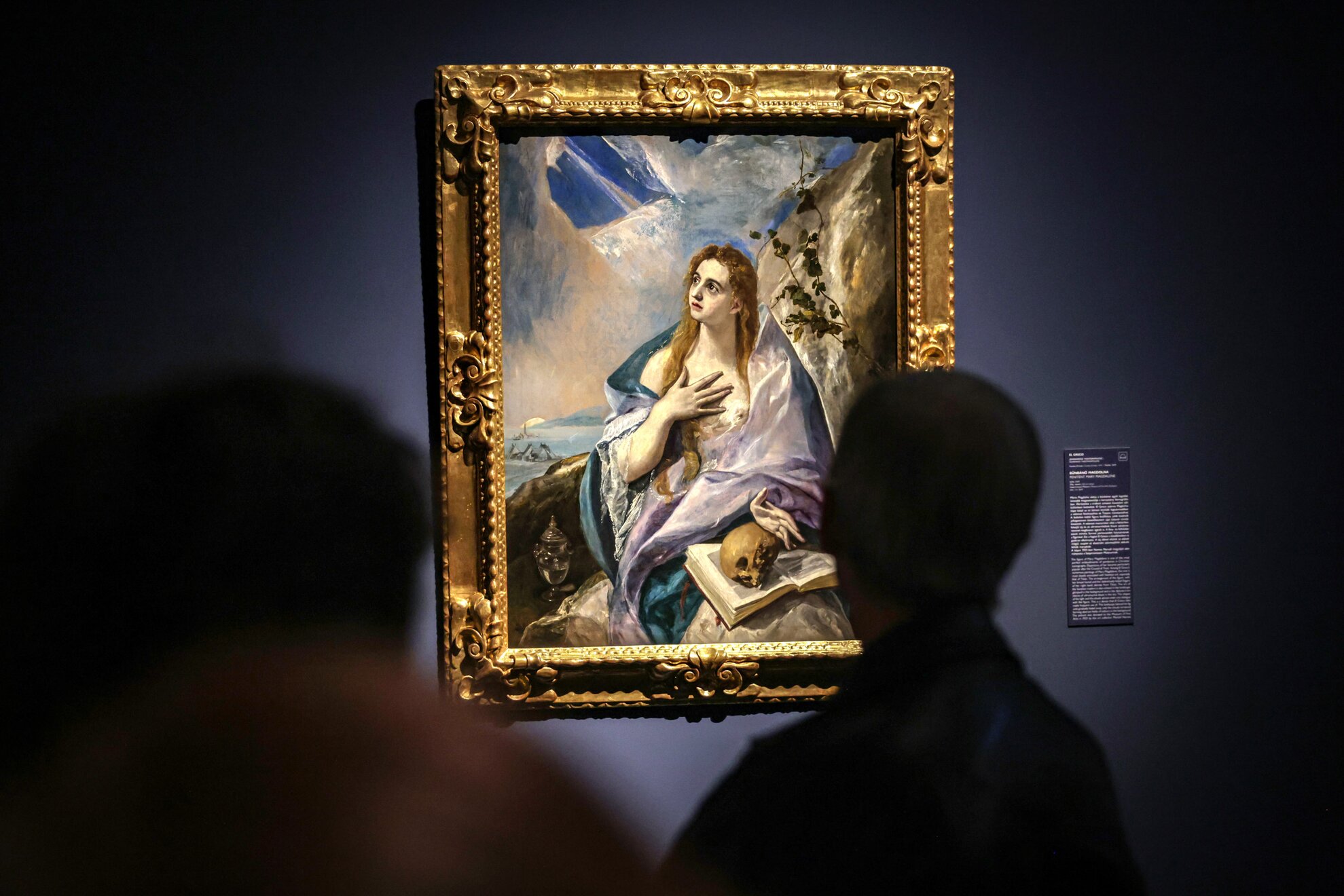
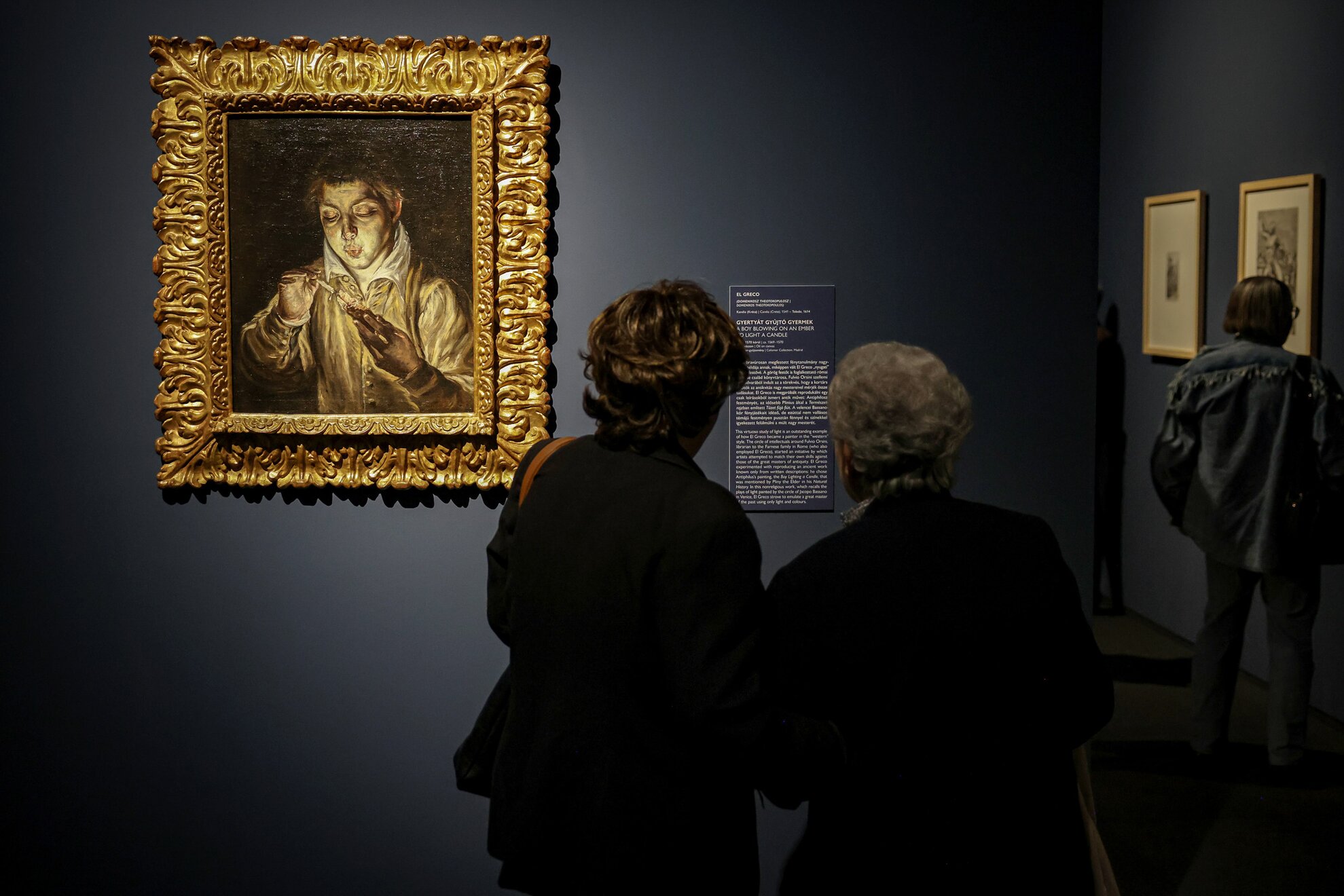
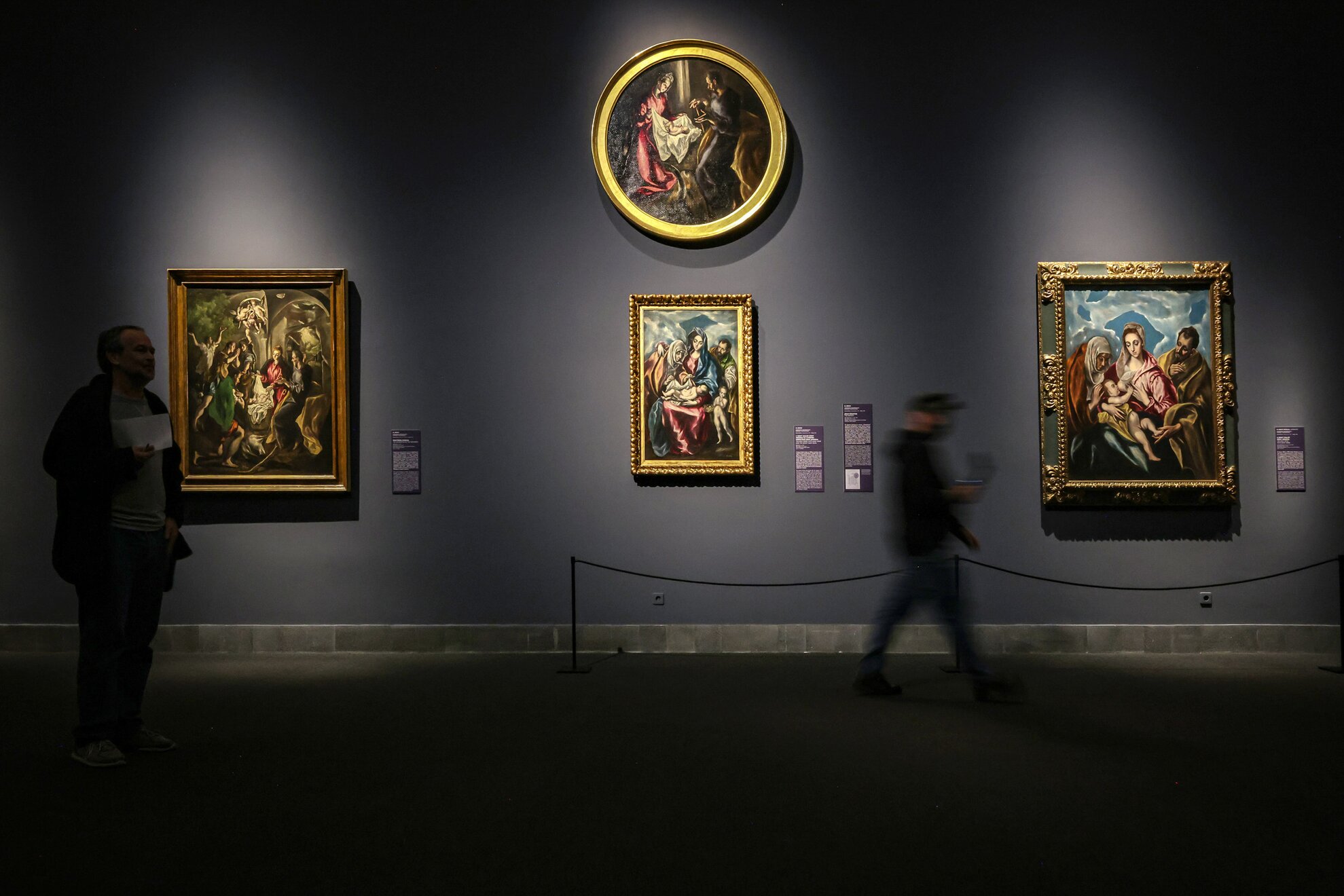
El Greco, or Domḗnikos Theotokópoulos, was born in Crete in 1541 (the name El Greco was given to him in Spain, meaning "The Greek", a reference to his origins), with a colourful and rich artistic scene, and several painting schools and workshops on the island. Here, he was primarily influenced by the Byzantine artistic tradition and the world of icons, but he was also introduced to the then-fresh Italian Renaissance style. This was partly because Crete was under Venetian rule at the time. It is no coincidence that the young El Greco continued his studies in this city. He spent three years in Venice, a period that had a major influence on his career, and went to Rome for a shorter period. It was during this period that he learned of Western, Italian art and became better acquainted with the painters who had the greatest influence on him: Raffaello, Tintoretto, Titian, Veronese, and Michelangelo. Although he was not particularly fond of this latter's work – Michelangelo's mannerisms certainly embarrassed El Greco, who was raised on icons – he could not entirely escape his influence.
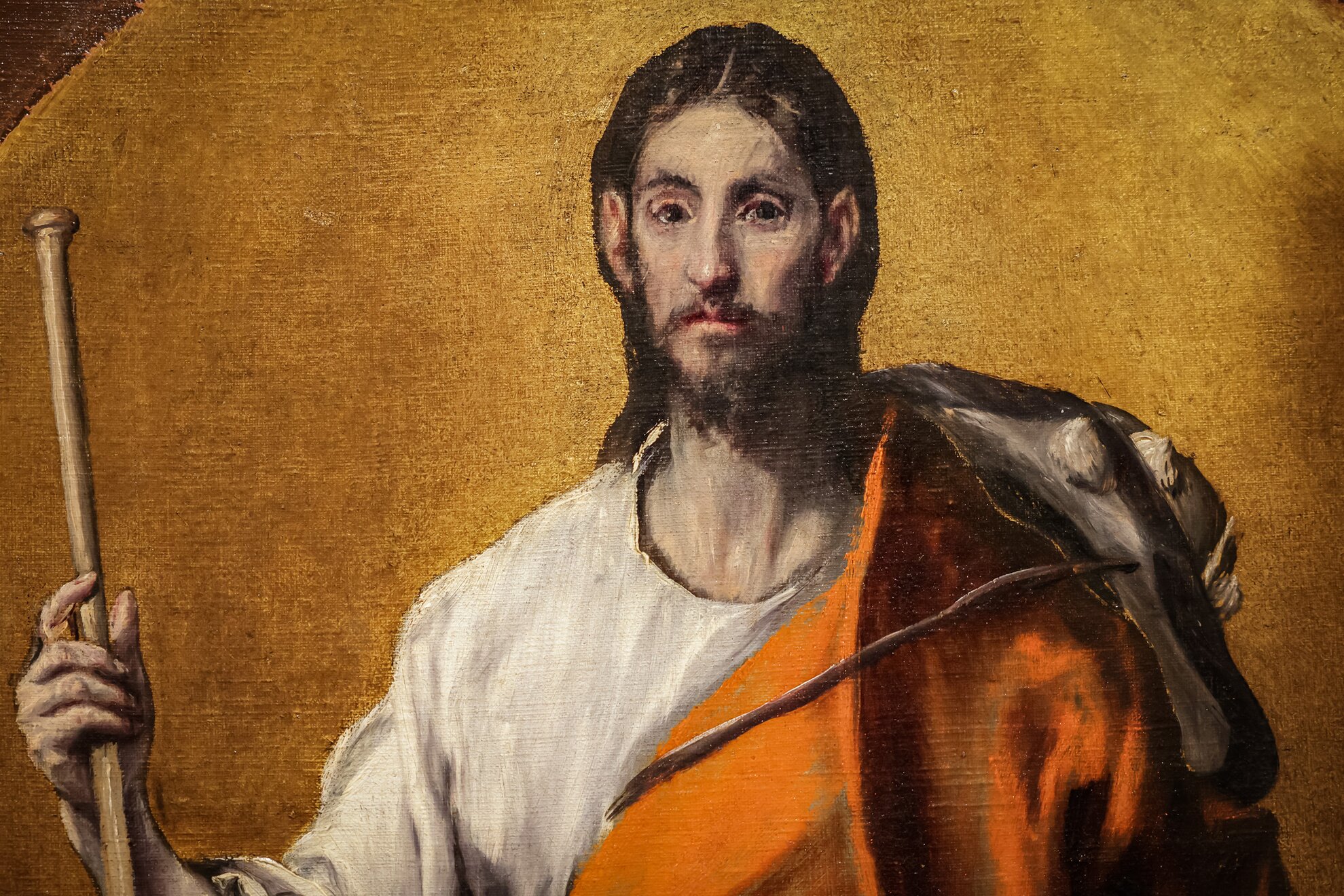
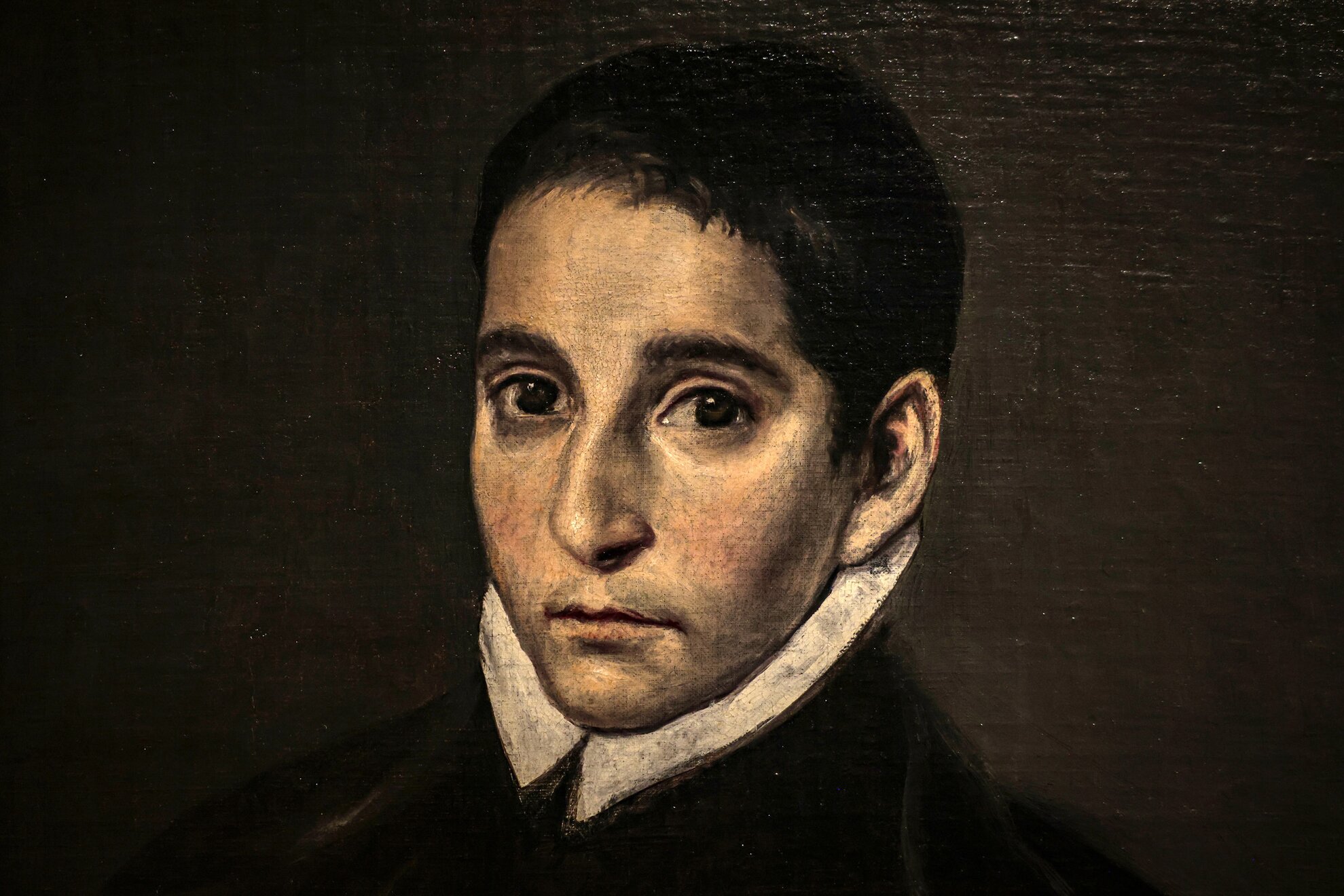
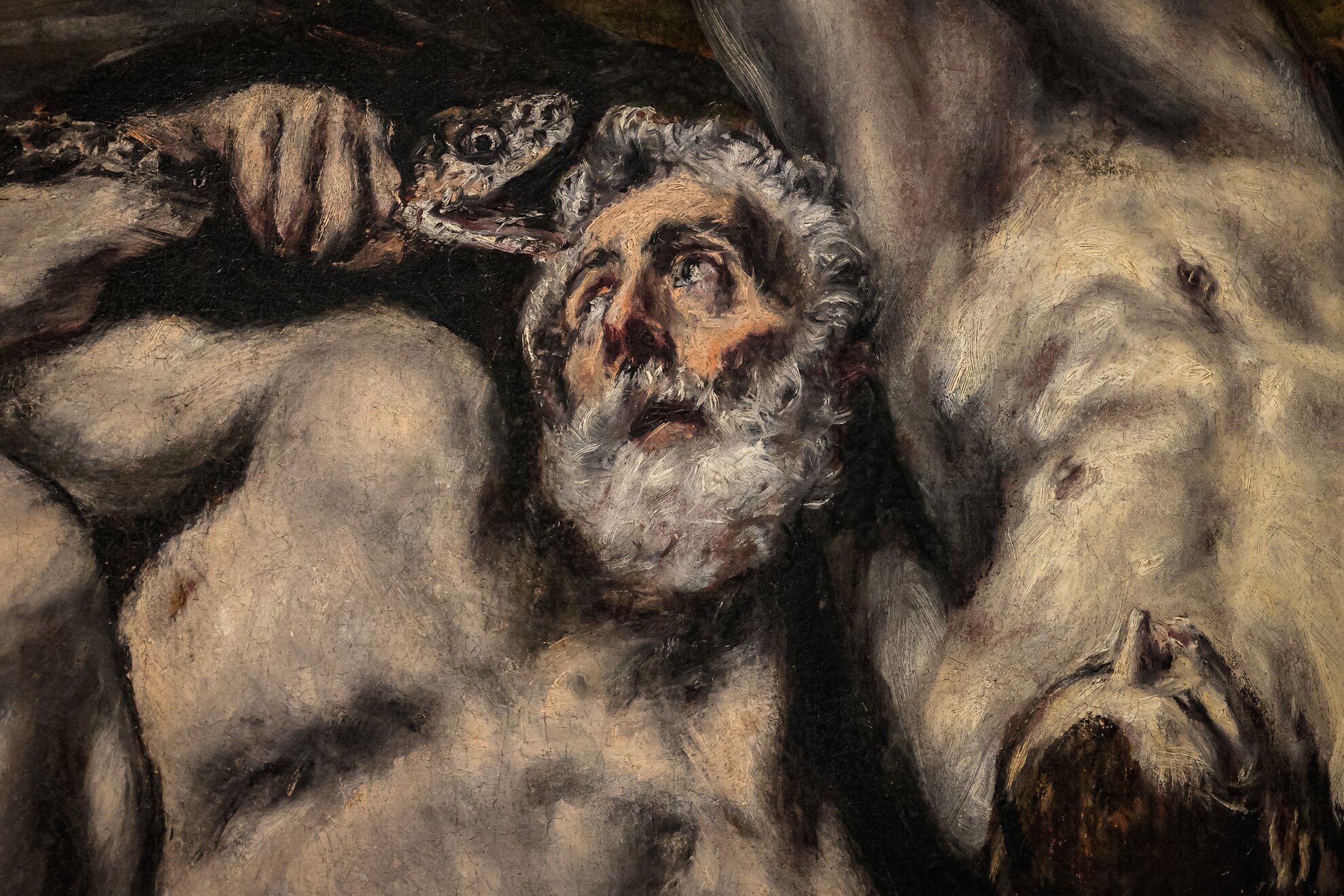
El Greco moved from Italy to Spain and, after a short period in Madrid, settled in Toledo in the early 1580s, where he founded a family and lived until his death in 1614. Although he was laid to rest in the Monastery of Saint Dominic of Silos, financial problems led to his body being exhumed a few years later and transported to an unknown burial site. Yet he was a leading figure in the so-called religious art scene in Toledo, and his studio was a key venue of the time. He painted mainly altarpieces (sophisticated tableaux) and religious and biblical subjects, as well as portraits, in which he was an innovator – still in Venice.
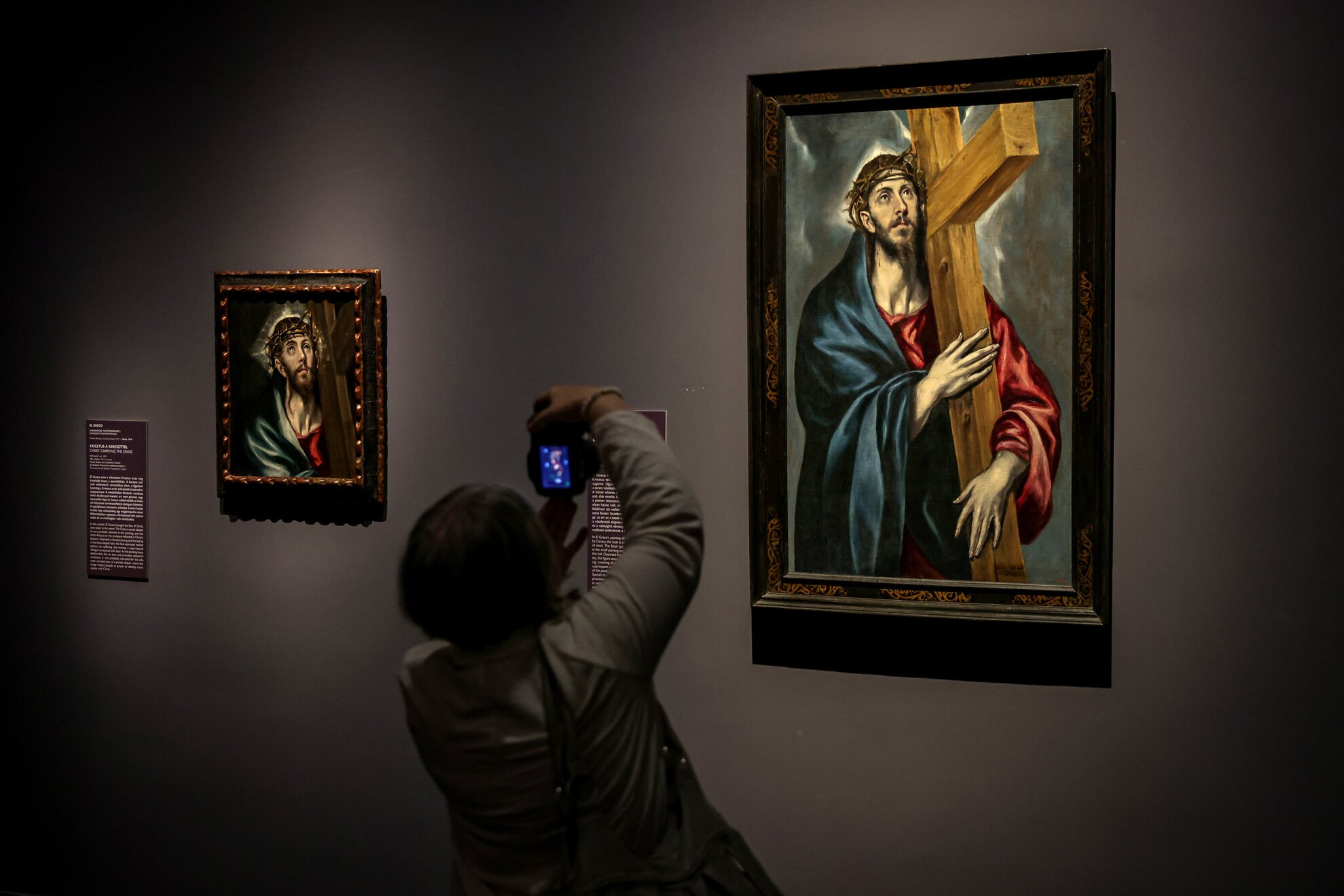
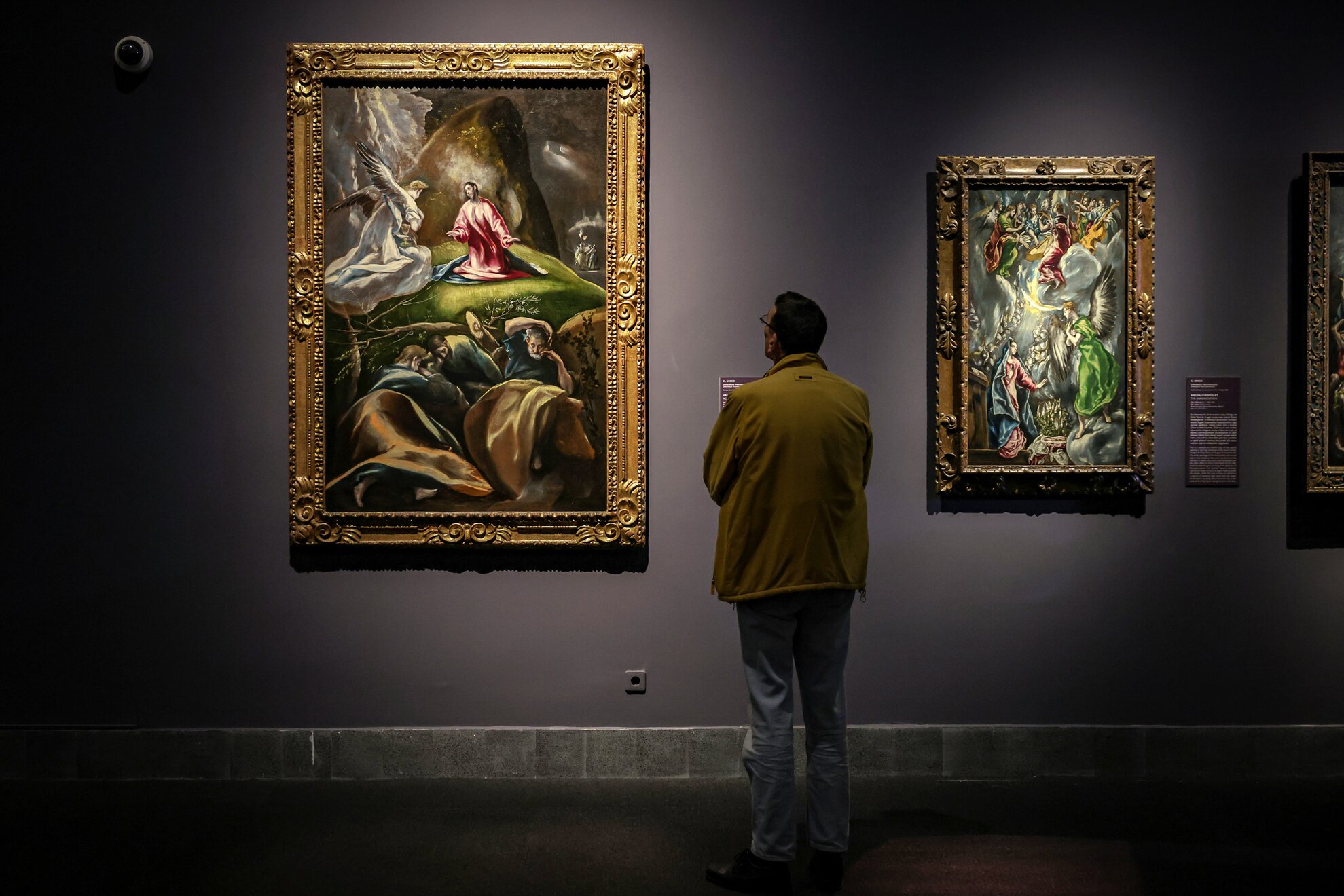
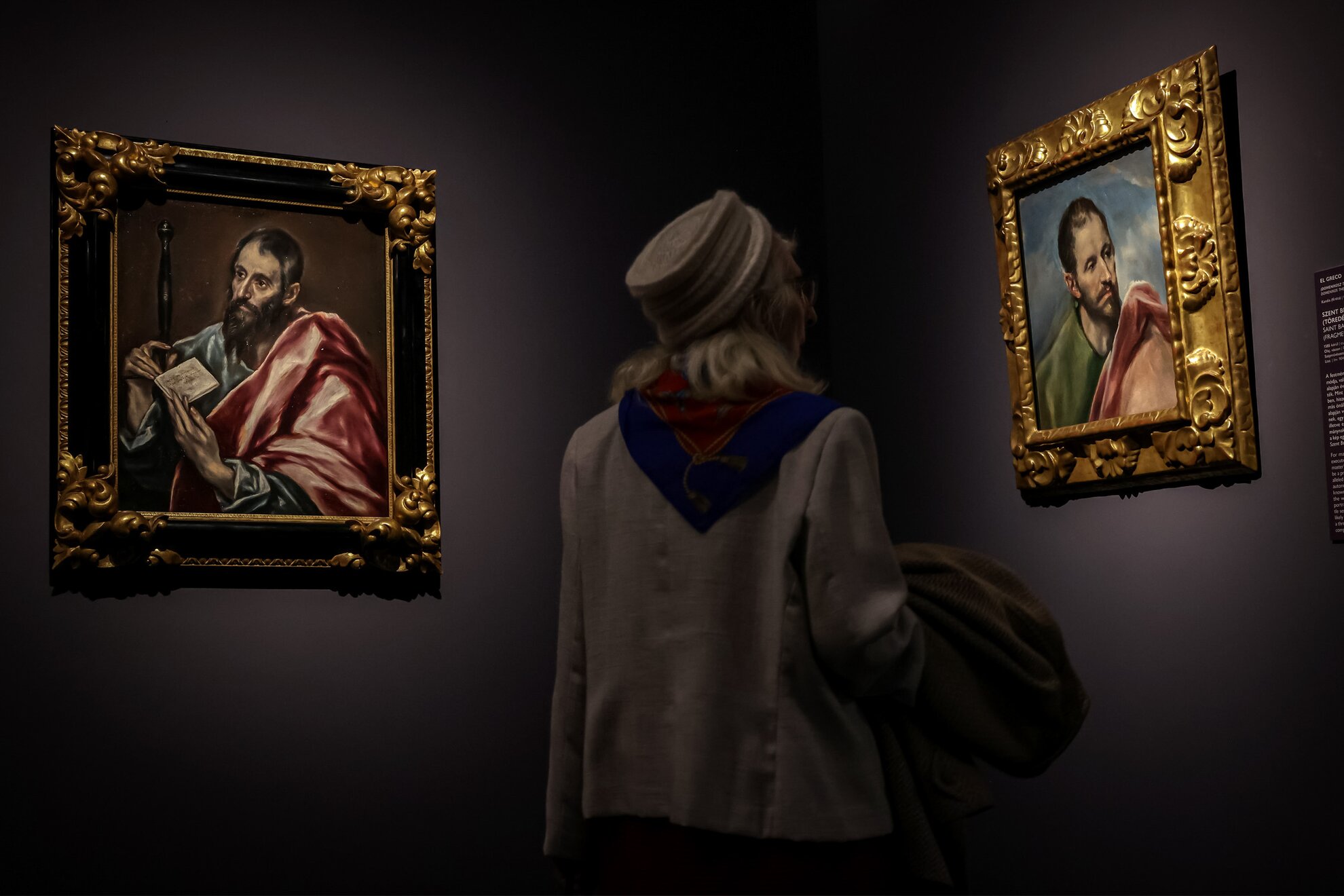
When El Greco was in Venice, portraits were mainly painted of religious figures. But when The Greek came along, all that changed, and the so-called secular portrait was born.
The Venetian nobility took turns in the studio of the then-young painter, not only because they were hungry for this new opportunity and because it was fashionable, but also for a more important reason. The El Greco’s figures almost came to life on canvas, because of the expressive vividness and psychological depth that characterised his portraiture style. Not only that, of course; one need only observe the figures in his religious paintings, such as Christ.
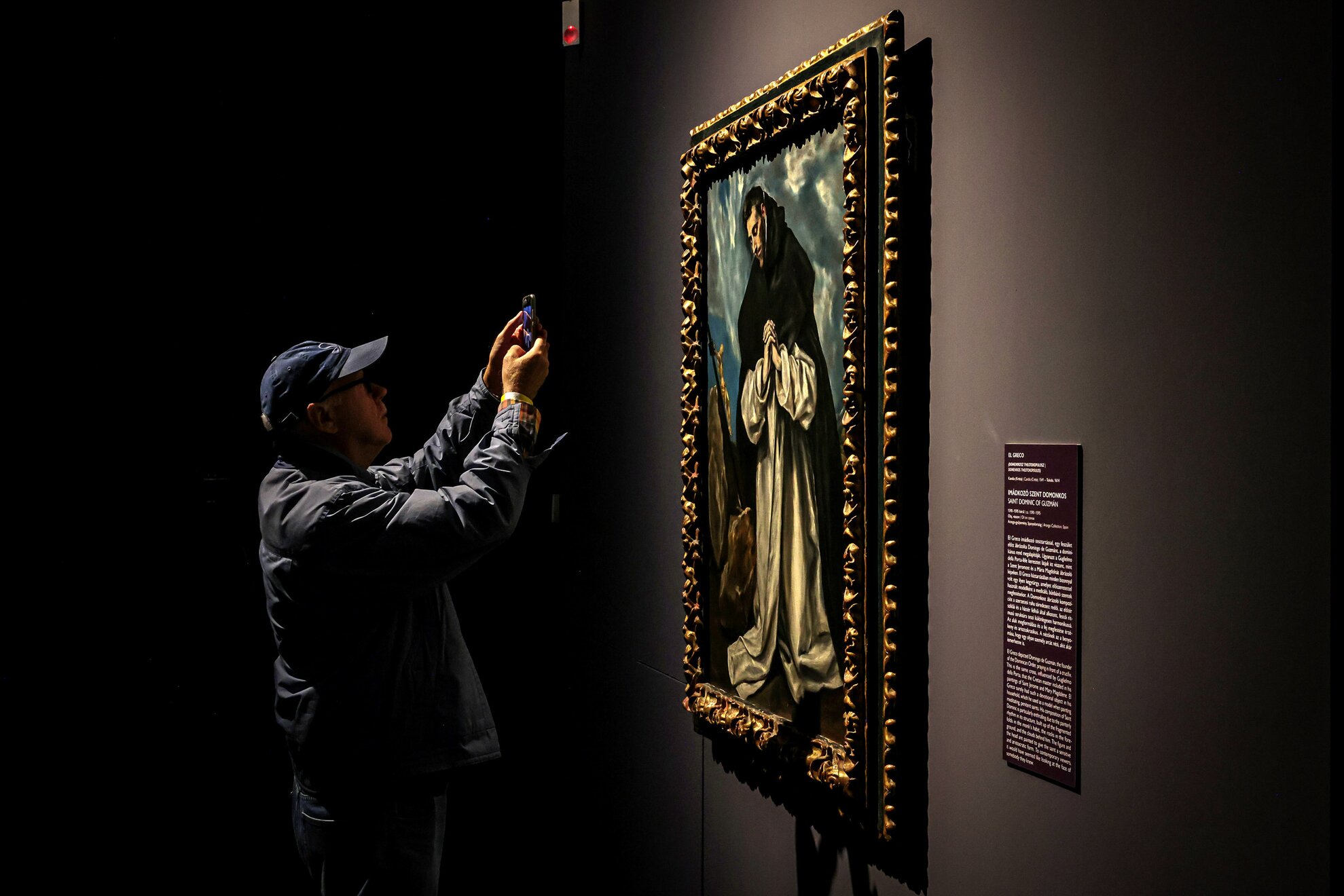
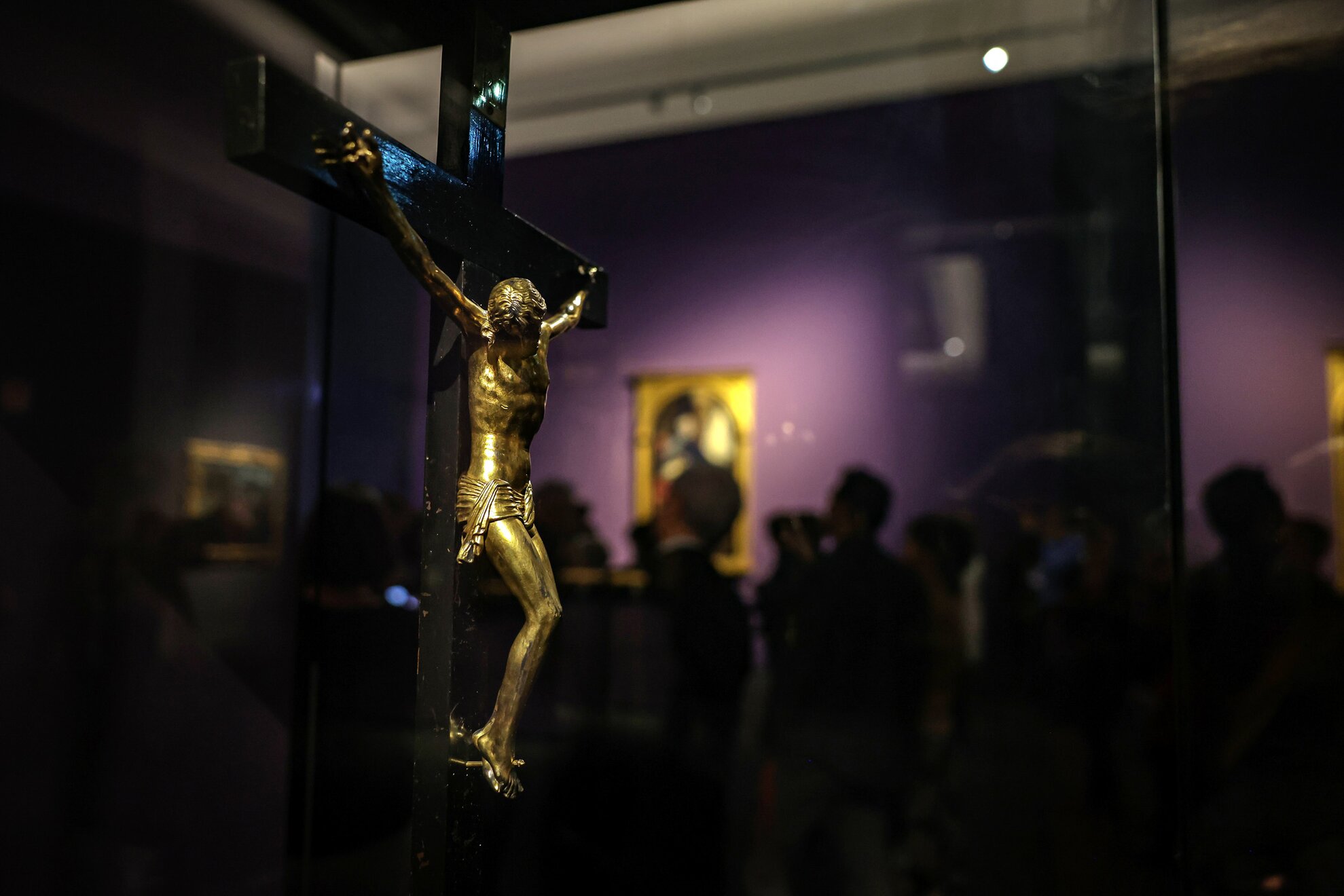
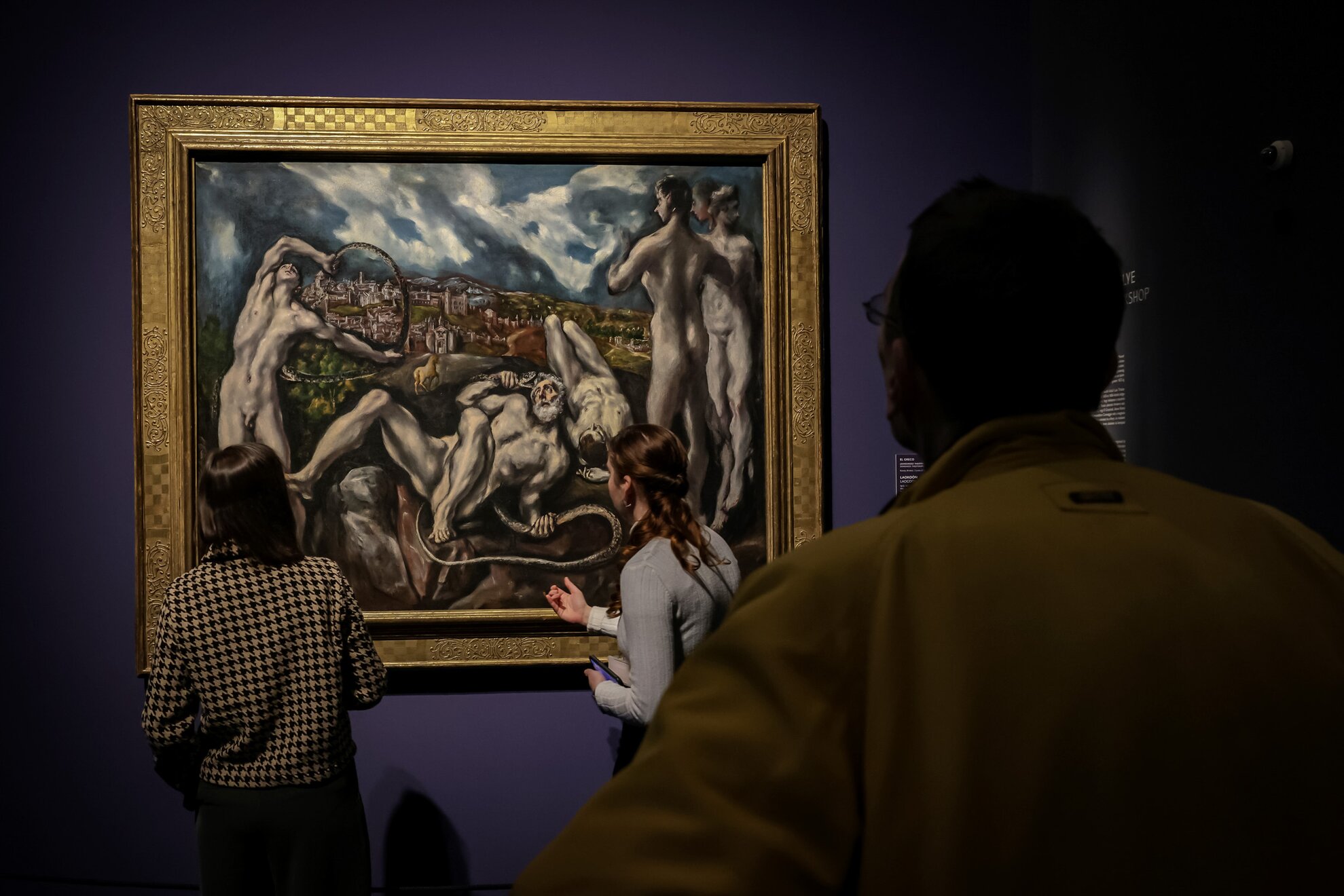
Although El Greco is one of the greatest painters of the Renaissance, he certainly stands out, and one does not even need to be a great fine art scholar to see that. One only has to look at some of the basic works by Italian and Spanish painters and compare them with El Greco's work, and it becomes clear. First of all, he never abandoned the Byzantine style, his icon-painting past. Although his subjects were the same or similar to that of other painters, his paintings are less detailed but still very evocative. The faces are expressive in his paintings despite the fact that they are not so individualised and elaborate. His backgrounds become a mystical, airy haze, his paintings focusing solely on the subject. His use of colour is also very different from that of his contemporaries.
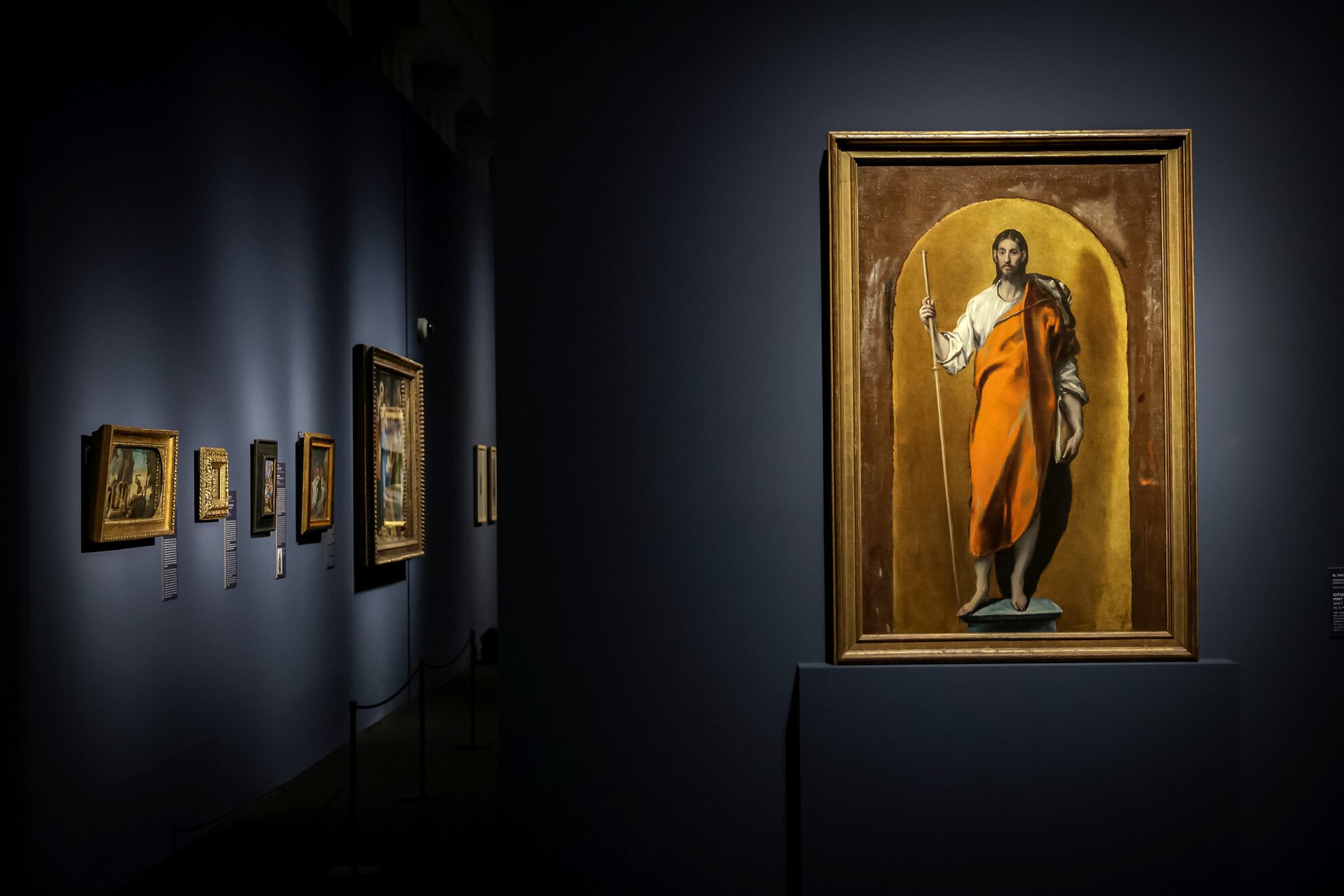
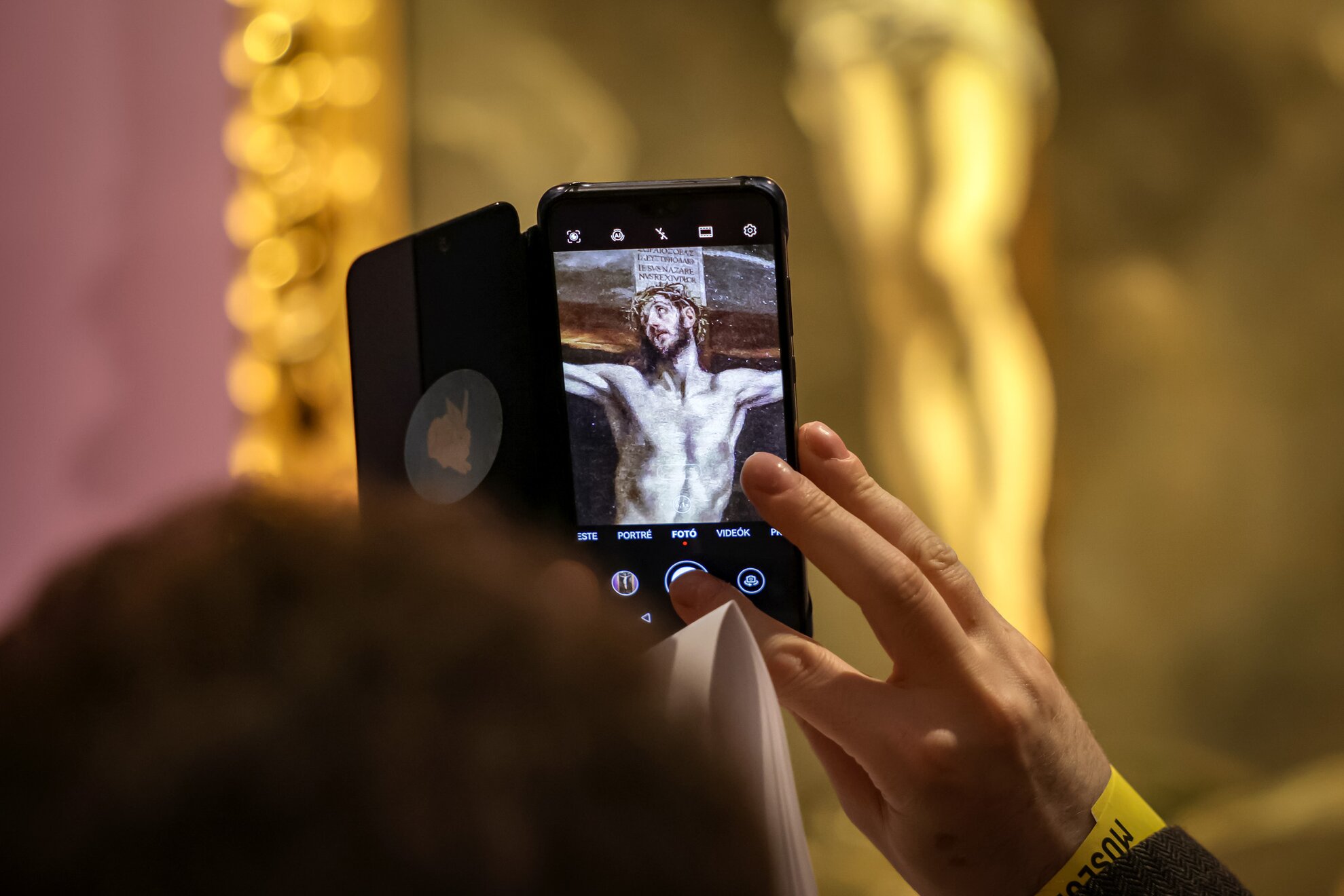
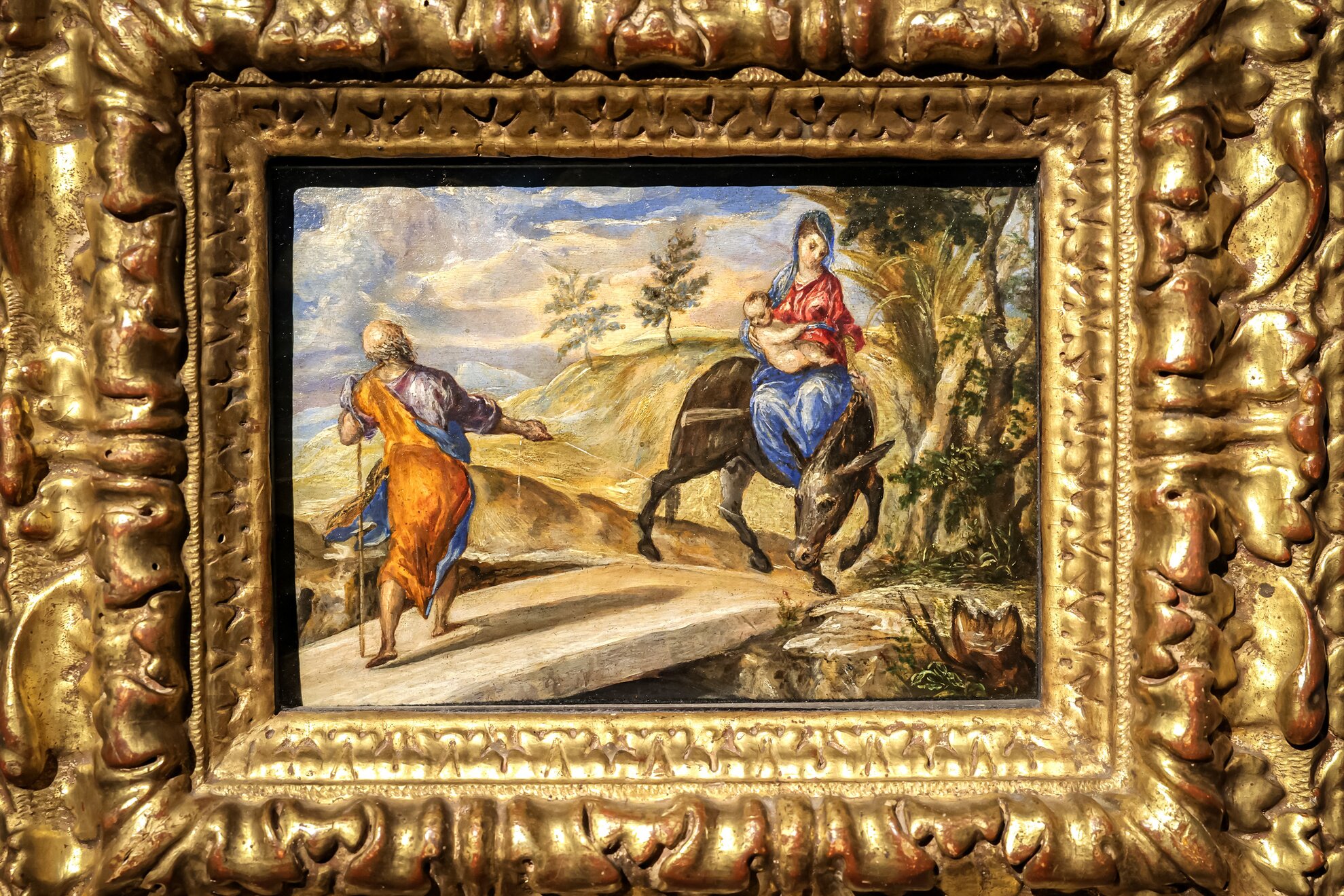
The El Greco exhibition at the Museum of Fine Arts opens on 28 October and runs until 19 February. The venue is no coincidence: the museum has one of the most important collections of Spanish paintings in Europe, including five El Greco pieces. Now, the museum's temporary exhibition presents almost all of the Greek-Spanish master's important works in one place.
